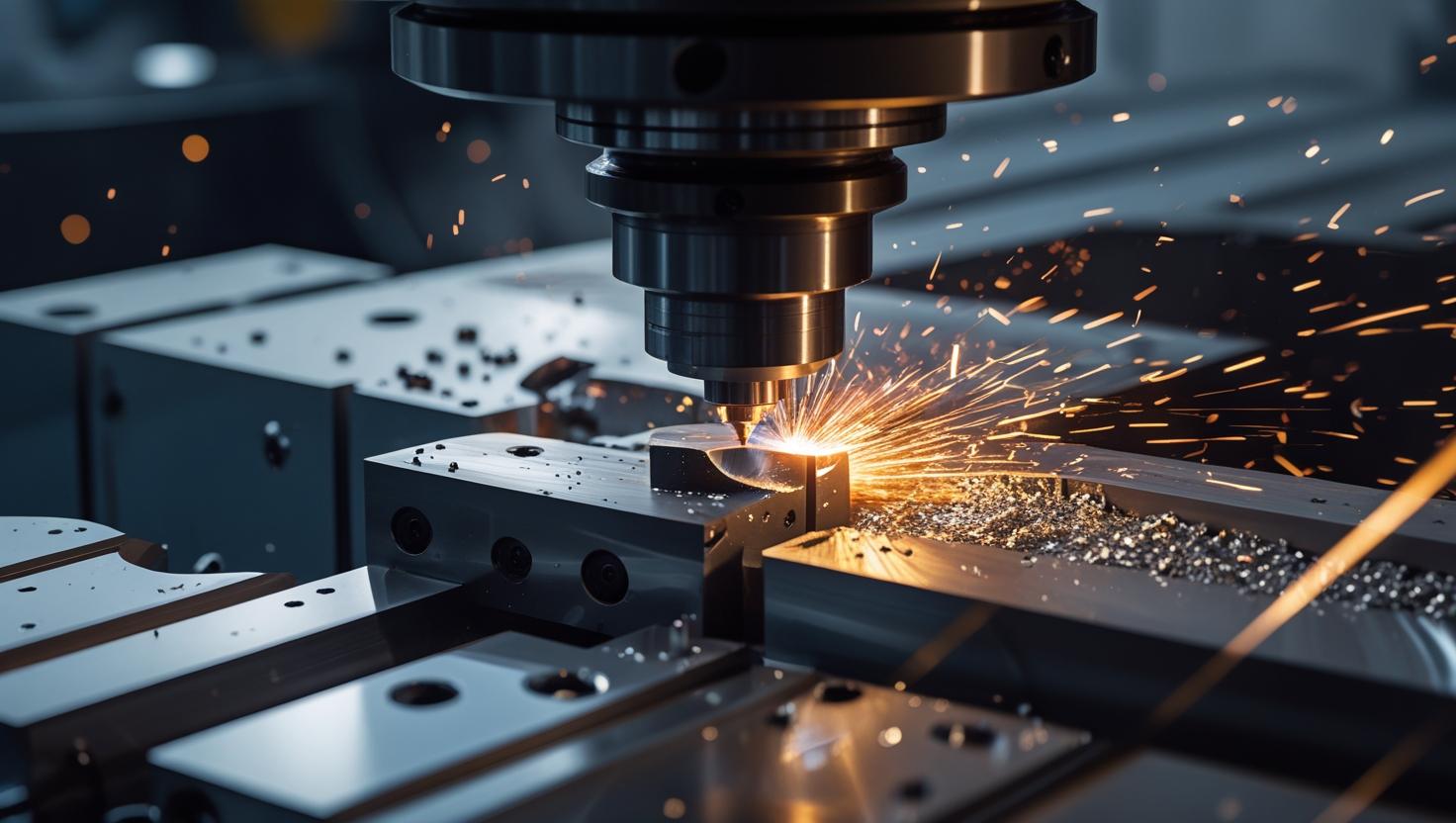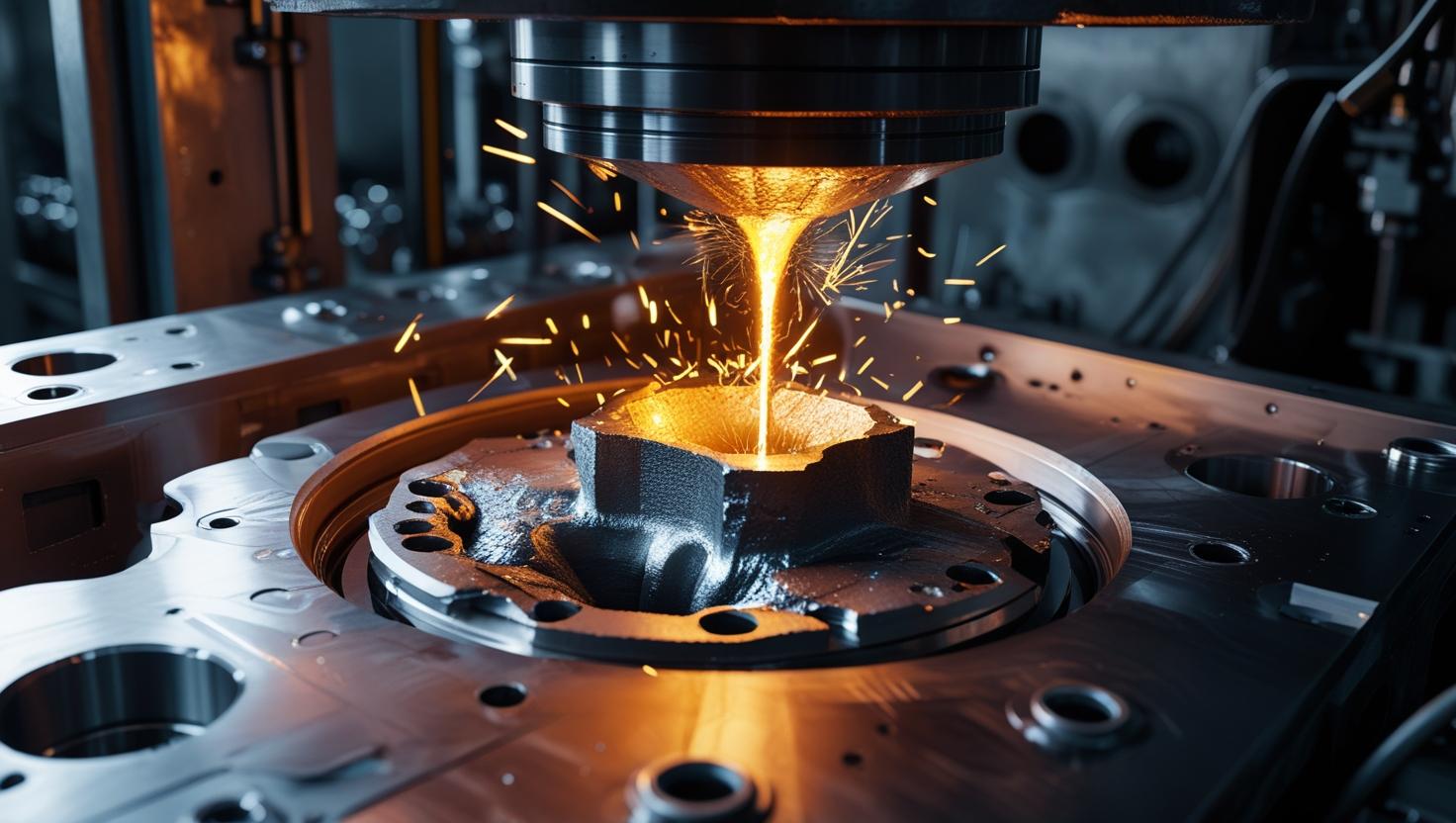Selecting the right manufacturing process is a crucial step in turning your idea into a successful product. The process you choose will affect everything from product quality, cost, lead time, and scalability. Here's a more practical and step-by-step guide to help you choose the manufacturing process that best suits your needs.

1. Define Your Product Requirements
Before you even look at different manufacturing processes, take a moment to evaluate your product's design and functionality. Key factors include:
Product complexity: Complex designs may require advanced techniques like CNC machining, 3D printing, or injection molding. Simple designs may suit more cost-effective options.
Material choice: Your material will greatly impact the process you choose. For instance, plastics may favor injection molding, while metals may be better suited for CNC machining or casting.
Functionality and durability: Some products require high precision or durability, which may dictate the manufacturing method you need, like CNC machining.
2. Consider Production Volume
Your manufacturing process should align with the volume of products you plan to produce. Here's how different volumes affect process selection:
Low-Volume Production: If you're prototyping or testing small batches, methods like 3D printing, CNC machining, or vacuum casting are ideal. These techniques allow for small-scale production with rapid iteration, helping you refine your design without excessive upfront investment.
Medium-Volume Production: For a mid-range production run, CNC machining or injection molding can be cost-effective. These methods strike a balance between quality and cost for moderate runs.
High-Volume Production: If you need to produce large quantities of a product, high-efficiency methods like injection molding, die casting, and stamping are the go-to choices. These methods reduce per-unit costs significantly when production runs are large.

3. Factor in Material Compatibility
Material compatibility with the manufacturing process is one of the most critical elements of product development. Different materials require different processes to ensure functionality and performance:
Metals: CNC machining and casting are often the best choices for metal products.
Plastics: Injection molding and 3D printing work well with various types of plastics.
Composites: Materials like carbon fiber or fiberglass often require specific molding or layup techniques.
Ensure that your material is not only suited for the process you choose but also readily available and cost-effective for the intended production volume.
 4. Budget and Cost Constraints
4. Budget and Cost Constraints
Every manufacturing method has its costs, and these can vary depending on your product’s requirements:
Tooling costs: Injection molding, die casting, and other high-volume methods often require significant upfront investment for tooling but have lower per-unit costs.
Labor and operational costs: Methods like CNC machining may require more labor-intensive work, especially for small batches.
Material costs: Some materials may be more expensive, affecting the overall cost of production.
You should weigh the initial setup costs against long-term savings, especially if you're planning for scalability.
5. Lead Time and Time-to-Market
The time it takes for your product to go from design to market is a key consideration. Some methods have longer setup times or require more extensive prototyping:
Prototyping: 3D printing and CNC machining are great for fast, iterative prototyping, allowing you to test and refine your design quickly.
Manufacturing time: High-volume methods like injection molding and die casting often take longer to set up but offer faster production times once the process is in place.
Evaluate your product’s urgency to determine if faster prototyping and production methods are necessary.

6. Quality and Tolerance Requirements
Some products demand high precision, and selecting the right method for those needs is critical:
High-Precision Parts: CNC machining and additive manufacturing (3D printing) are best suited for parts that require tight tolerances.
Standard Parts: Casting and forging work well for products with less stringent tolerance requirements.
Decide the quality and tolerance specifications upfront and choose your process accordingly to ensure your product meets industry standards.
7. Evaluate Scalability
As your business grows, your production needs will change. Ensure the manufacturing process you choose can scale with your growth:
Injection molding and die casting are scalable and ideal for high-volume production.
CNC machining is more flexible for small-to-medium batches but can be scaled for larger production runs.
Work with manufacturers to assess their capacity to handle future growth and whether they can offer flexibility in terms of process adjustments and cost.
8. Test with Prototypes
Once you’ve narrowed down potential manufacturing methods, it’s time to test. Prototyping allows you to validate your design and manufacturing choice before committing to full-scale production:
Rapid Prototyping: Use methods like 3D printing or CNC machining for quick and cost-effective prototypes. This allows you to fine-tune the design, check material compatibility, and assess functionality.
Iterative Testing: Make adjustments to your design based on the prototype and conduct further testing to ensure that the manufacturing method will meet your needs.
Testing with prototypes is crucial to minimizing errors before entering large-scale production.
Conclusion: Making the Right Decision
Choosing the right manufacturing process isn’t a one-size-fits-all decision. It requires a careful analysis of your product’s design,
material needs, volume, cost constraints, and quality standards. By taking a systematic approach to evaluate these factors, you
can select the process that balances efficiency, quality, and cost.
Remember to prototype, consult with manufacturing experts, and factor in scalability to ensure that your choice will support your
long-term production goals. At Accurtek, we specialize in helping businesses navigate these decisions, offering custom hardware
and plastic part solutions tailored to your specific needs. Our expertise ensures you make the best choice to bring your product to
market successfully and efficiently.

